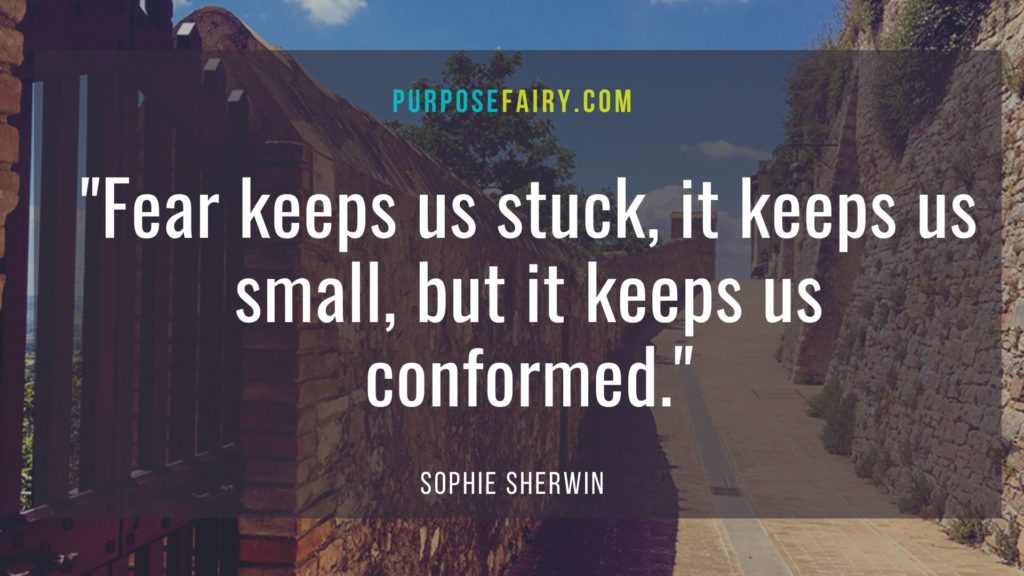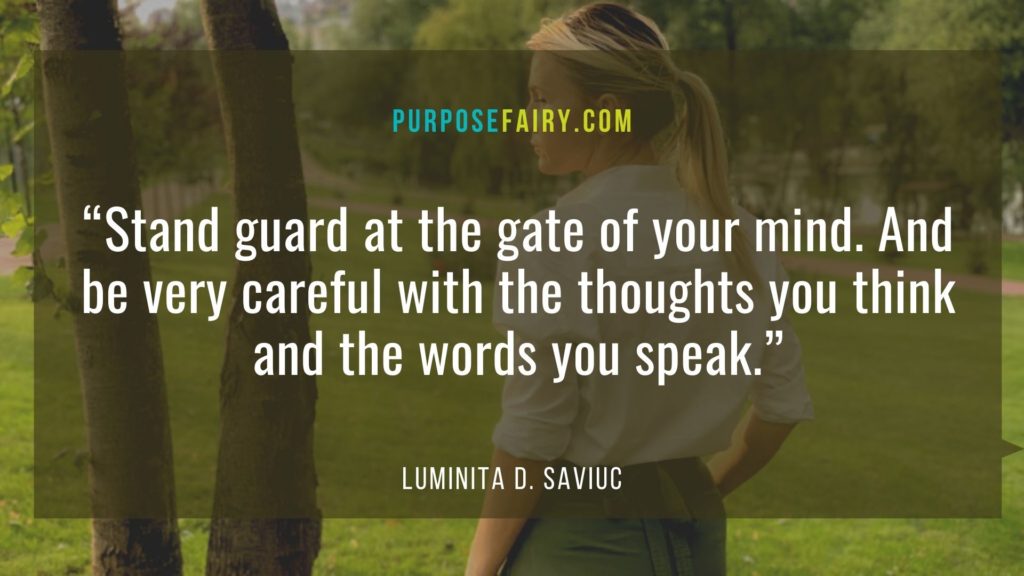
“When we truly recognize that our beliefs are that powerful-we hold the key to freedom.” – Bruce H. Lipton
Unhealthy beliefs
During the pandemic, many of us stayed at home. The belief was, “It’s safer to stay at home than to go out.” This experience lasted for some time, and it affected many of our decisions. However, fast forward to a few years later, and we can leave our homes. But, what if, instead, we kept the same belief we had in the early days of the pandemic?
What if we never left our homes again? While the belief, “It’s safer to stay at home than to go out” served us for a period of time, that belief may no longer serve us. And such is the case with many beliefs we may have had in the past.

How Self-defeating Beliefs Begin (Hint: It’s About Keeping You Safe)
Beliefs often come from a part of us that wants to keep us safe. If you’ve ever thought to yourself something like, “A part of me wants to work on writing a book, but a part of me wants to lay in bed and relax” those parts have different agendas.
But, why?
One reason could be if you had an experience as a child that being seen was unsafe due to unpredictable parents. So, a belief that “It’s unsafe to be seen” was created. This belief could then impact every decision you make anytime there’s an opportunity to be seen.
It’s important to identify old self-defeating beliefs because they can hold you back and keep you “stuck” in life.

A few years ago, a belief I had was, “I’m not creative.” At the time, it served me because if I didn’t try to be creative, I couldn’t fail. The belief kept me safe in a time when I wasn’t emotionally ready to move forward from it. But when I was ready to move forward, I had a problem. I had believed this for so long that I didn’t know any other way of thinking about it. My brain had been wired to think the thought, “I’m not creative”.
Neural pathways are like a dirt road in your brain that have been traveled so often over the years that tire tracks are running through it. It’s the easiest route to take. At some point, these self-defeating beliefs need to be rewired to new, more empowering ones.
So, what can you do if you currently have self-defeating beliefs that started long ago, that is no longer serving you?
How to Change and Replace Old Self-defeating Beliefs with New Empowering Ones
1. Identify the self-defeating beliefs.
In this example, the belief is, “I’m not creative.” Even if the person believes this is true, the belief itself is not helpful to them, so it needs to go. Does this mean that if you have absolutely no aptitude for something you should pursue it? Maybe not. However, keeping the belief can shut you off from all creative possibilities, so it simply isn’t helpful.

2. List three pieces of evidence for the self-defeating beliefs.
These pieces of evidence should feel true for you. Here are three potential pieces of evidence for the belief, “I’m not creative.”
- “I can’t draw.”
- “I don’t have a creative job.”
- “When I was little, my mom said I wasn’t creative.”
3. Reframe each piece of evidence by asking, “Could this be untrue? Is there more to the story?”
Next, for each piece of evidence listed above, test it to see if it is true for you now. Here is an example:
- “I can’t draw.” I’ve never consistently tried to draw.
- “I don’t have a creative job.” I sometimes plan events at my job and that feels a bit creative.
- “When I was little, my mom said I wasn’t creative.” I’m not sure that my mom is an expert on creativity.
4. Answer the question, “What benefit am I getting out of these self-defeating beliefs?”
There is always a benefit you’re getting out of believing something, and it’s often about safety. Write down all self-defeating beliefs you can think of.
In this example, the benefit might be that if I’m not creative, then I don’t have to push myself to do what I truly want, which is to learn how to become a graphic designer. I can reject myself before I’m rejected by others.

5. Identify an alternative, more empowering belief, even if you don’t believe it’s true.
This likely shouldn’t be the total opposite of the initial belief that you identified in step 1. For example, if you don’t believe you’re creative, saying, “I am creative” might not feel true. The goal here is just to take you a step further in a more empowering direction. In our example, this might be something like, “I am sometimes creative, and I can learn how to be even more creative.”
6. Find evidence to support your new belief. Write as many as you can think of (minimum of 3).
This is the fun part! For the more empowering belief you identified in step 5, come up with what makes you believe this. Keep writing until you absolutely cannot think of another evidence of this belief. For example:
- I created a handwritten card recently and my friend loved it.
- I learned how to remove backgrounds in Photoshop.
- People say my clothing style is creative.
- I frame things in my camera in a unique way when I take a picture.
While completing this activity will not automatically rewire your brain immediately, this is one simple way to begin a new foundation to shift to a more empowering belief that better serves you in this moment.
Do you currently have any self-defeating beliefs that need to be rewired to a more relevant, empowering one? Try this exercise and see what comes up for you.
Comments
Patti Bryant
Patti Bryant is a somatic business coach and author dedicated to helping you get unstuck by leveraging your nervous system and intuition using somatic techniques. She has founded worldwide communities of over 1,600 members, helped hundreds of professional’s transition from employee to entrepreneur, and written her own book series (The Way Back) that helps people connect more deeply to themselves and reflect on what they really want. Feeling directionless or confused about what’s next for you? Sign up for the "21 Days to Get Unstuck" Experience..
read more